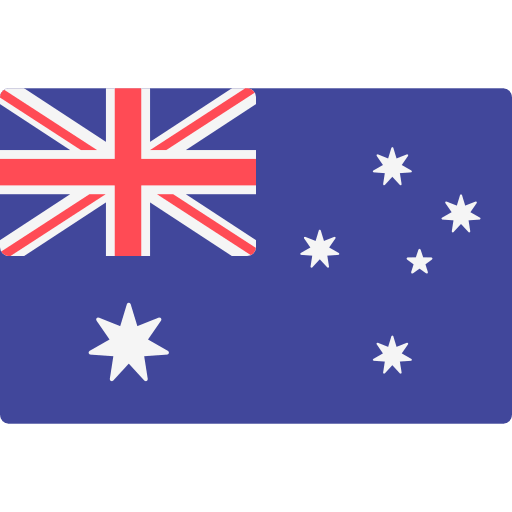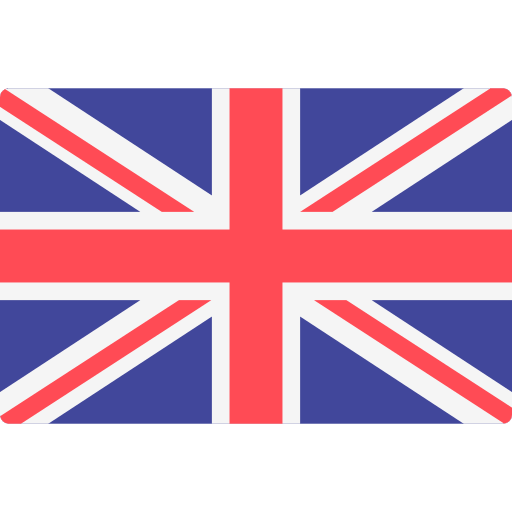STEM Toy Testing: Ensuring Educational Toy Safety
Assembling safety and quality in all toys and hardgoods
First published::
April 2025
As STEM (Science, Technology, Engineering, and Mathematics) toys grow in demand, especially in educational markets, ensuring product safety and compliance with international regulations has never been more crucial.
Manufacturers, brands, suppliers, and importers are under increasing pressure to not only provide innovative and engaging toys but also to guarantee that these products meet stringent global safety standards. Rigorous testing is key to ensuring that these toys are safe, durable, and compliant with global regulations.
This article explores key safety concerns and global regulations for STEM toy safety.
What are STEM Toys?
STEM toys are designed to develop problem-solving skills, critical thinking, and creativity by engaging children in hands-on educational activities. These toys often incorporate electronic components, small mechanical parts, or chemical experiments, which enhance their educational value but also introduce unique safety considerations that require thorough testing.
Key Safety Concerns for STEM Toys
As more STEM toys enter the market, manufacturers face increasing scrutiny to ensure their products do not pose health or safety risks to children. Without proper testing, these toys can present a range of hazards, including:
- Choking Hazards: Small parts, screws, batteries, and detachable components are common in STEM kits and may pose choking hazards for young children.
- Electrical Safety Risks: Toys that contain circuits, motors, or rechargeable batteries must undergo tests to prevent overheating, electrical shocks, and fire hazards.
- Chemical Exposure: Toys that involve chemical experiments or use materials with potentially harmful substances must comply with strict regulations and standards, such as REACH, RoHS, EN71, and ASTM F963 to avoid exposure to toxic chemicals like lead and phthalates.
- Physical Safety Issues: Parts with sharp edges, Strong magnetic flux magnets, or breakable components must be rigorously tested to prevent injuries.
Global Regulations for STEM Toy Safety
To meet international safety standards, STEM toy manufacturers must adhere to strict regulatory requirements depending on the target market:
- United States: ASTM F963, CPSIA (Consumer Product Safety Improvement Act), Federal Hazardous Substances Act, 47 CFR Telecommunication (FCC) and the state’s regulations require STEM toys to undergo thorough testing to ensure they are free from Toxic Chemicals, have appropriate labelling, and pass mechanical and physical safety tests. ASTM F963 focuses on key safety features such as choking hazards, sharp edges, microbial limit and toxicity levels, while CPSIA mandates that toys be free from lead and phthalates. The U.S. Consumer Product Safety Commission (CPSC) monitors compliance and can impose penalties for violations.
- European Union: Compliance with the Toy Safety Directive (2009/48/EC), updated EN71, EN 62115 standards and REACH and POP regulation is essential. This directive requires toys to be tested for various hazards including chemical safety, mechanical properties, flammability and electrical safety. CE Marking must be affixed to the toy or the toy's packaging to indicate compliance with the Toy Safety Directive, ensuring that products meet stringent safety criteria before they reach consumers.
- China: In China, compliance with the GB 6675 (China's Toy Safety Standard) is mandatory for toys produced or sold in the country. In addition, plastics toys, metal toys, electric toys and ride-on toys vehicles are under the mandatory CCC (China Compulsory Certification) category. Up on the basic GB 6675 part 1 to part 4, the specified toys should also meet the particular GB 6675 part and applicable mandatory standard other than GB 6675.
- Canada: Canada follows regulations such as SOR/2011-17 under the Health Canada's Consumer Product Safety Act (CCPSA), ensuring that STEM toys meet safety standards regarding material composition and design. Canadian regulations focus on minimising the risk of harm from chemicals, small parts, and choking hazards.
- Australia: In Australia, projectile toys, toys for children up to and including 36 months of age, Toys containing magnets and other specific toys should comply with AS/NZS ISO 8124.1 or specified Australia standard. Under the mandatory safety Consumer Goods safety standard, toys complying with EN 71, ISO 8124, or ASTM F963 specified edition would also be acceptable in Australia. The Australian Competition and Consumer Commission (ACCC) monitors toy safety and enforces product recalls when necessary.
The Testing Process for STEM Toys
The testing process for STEM toys involves several stages, each designed to address specific safety concerns:
- Chemical Safety Testing: Materials used in the construction of the toy are tested for the presence of hazardous substances like lead, mercury, and toxic paints. The toy is assessed to ensure compliance with international chemical safety regulations and standards such as REACH, RoHS and EN71.
- Mechanical and Physical Testing: Evaluates the toy’s design for hazards such as small parts that could pose choking risks, sharp edges, and the durability of moving components. The toy undergoes stress tests to simulate typical use and check for potential breakage or safety issues during play.
- Electrical Testing: For STEM toys that incorporate electronics, circuits, or batteries, testing is conducted to ensure that the toy does not present electrical hazards to compliance with the local regulatory requirements such as EN 62115, ANSI C18.1, CSA C22.2 NO.149, GB 44246. This includes checking for overheating, short circuits, proper insulation, and safe handling of batteries.
- Flammability Testing: STEM toys undergo flammability tests to ensure they will not catch fire or ignite under normal conditions.
- User Age Appropriateness: STEM toys must be tested to ensure they are suitable for the intended age group. Age-appropriate designs ensure the toy does not contain parts that could be harmful to younger children, such as small detachable components.
Best Practices for Manufacturers
Manufacturers must implement best practices to ensure their STEM toys meet safety standards while providing educational value. These practices include:
- Conducting Thorough Pre-Production Testing: Before mass production, toys should undergo rigorous safety testing at various stages, including material selection, prototype development, and final product testing.
- Working with Certified Laboratories: It is recommended that manufacturers collaborate with accredited third-party testing laboratories to perform safety assessments based on global standards. These laboratories help verify that the toys meet the necessary regulatory requirements, ensuring product compliance.
- Regular Compliance Audits: To maintain consistent safety standards, manufacturers should conduct regular audits to ensure that production processes continue to comply with relevant regulations.
- Clear Labelling and Instructions: Proper labelling and clear instructions are crucial for ensuring safety. Toys should include warnings about age appropriateness, small parts, battery safety, and any potential hazards.
Ensure STEM Toy Safety with Eurofins
The Eurofins Softlines & Hardlines network of laboratories offers global expertise in ensuring that STEM toys comply with international safety standards. We understand the complexities of toy testing and are equipped to support manufacturers in meeting the highest safety standards. Our comprehensive testing services and global expertise can help ensure your products are ready for market, fully compliant, and safe for children to enjoy.
Get in touch for more information on ensuring STEM toy safety and compliance.
























































